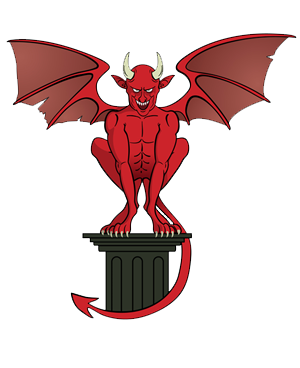Flying section
Before you start the airborne phase of the GST you should ensure that you have all the aircraft documents to hand for perusal by your examiner.
The GFT will last approximately one hour but prior to even setting foot inside the aircraft you should ensure that you have checked the following:-
- Weather suitability
- NOTAM’s
- Aeroplane documents
- Personal Documents
- Weight and balance
- Weight and performance
- Fuel State
- Oil state
- Aeroplane acceptable
- Booking out
- Pre-flight inspection
The GFT starts with the above list but don’t forget your checks:-
- Pre Start checks
- Post start checks
- Taxy checks
- Power checks
- Pre-take off checks
- Take off and climbout checks
After you’re airborne, you’ll probably be asked to fly away from the airfield (this is entirely dependent on the prevailing weather conditions) then your examiner will ask you to demonstrate: –
- Straight and level flight
- Climbing and descending
- Turns – Level, climbing and descending
- Steep turns at up to 60 deg angle of bank
You’ll also be asked to recover from various stalling configurations (after completing the appropriate checks – HASSEL etc.) Following this you’ll be asked to recover from various unusual attitudes that your examiner will place the aircraft into.
You’ll be assessed on your ability to deal with engine simulated engine failures as well, you must pick a suitable forced landing area, taking into account terrain, wind direction and obstacles and approach down to a safe altitude,
Following the practice forced landing you’ll be asked to navigate your way back to the airfield (if you left the area in the first place!) Once back at the airfield you’ll be asked to demonstrate a number of approaches and landings in different configurations (after the appropriate approach checks etc.)
Upon completion of the GST you’ll be debriefed on the ground. There are three possible outcomes of the test PASS, FAIL or PARTIAL PASS.
